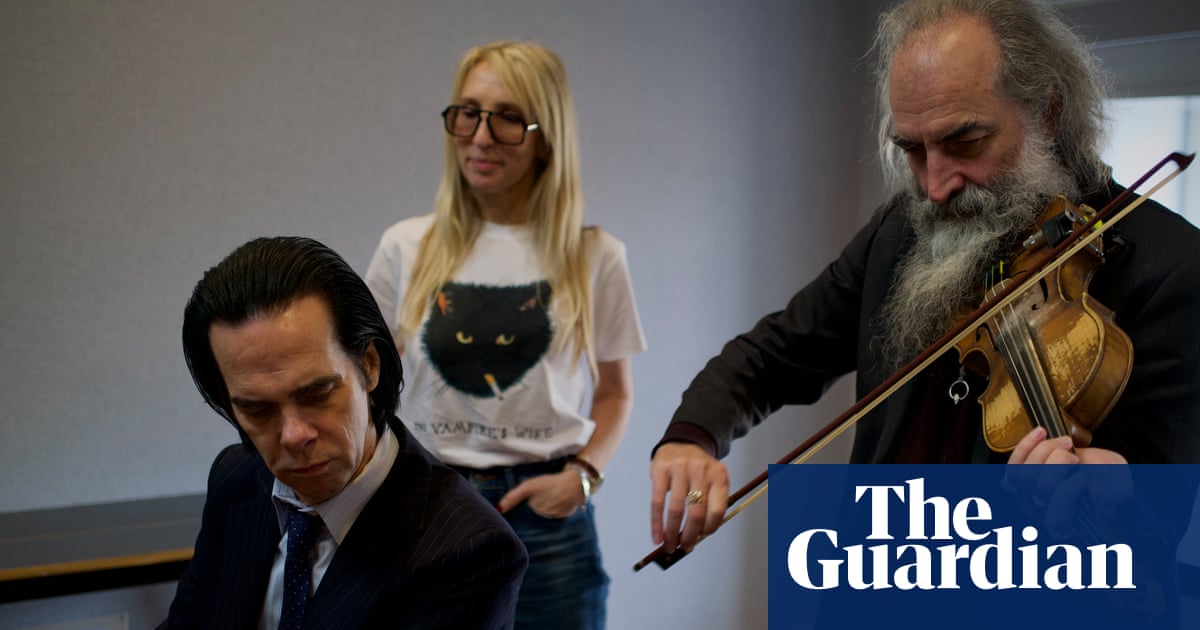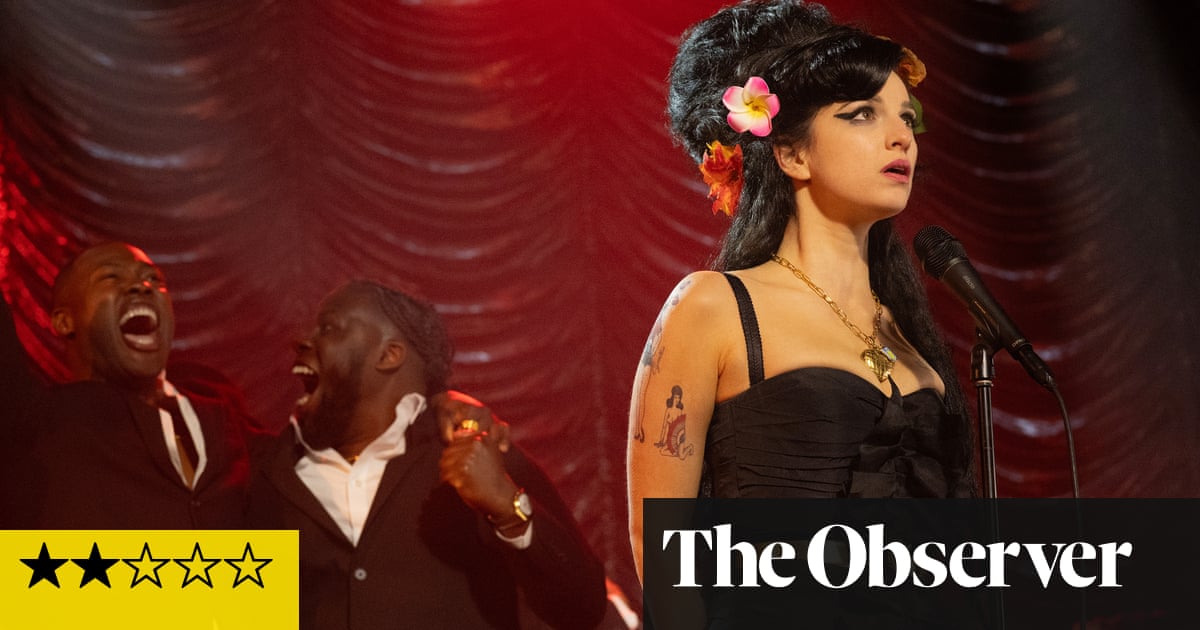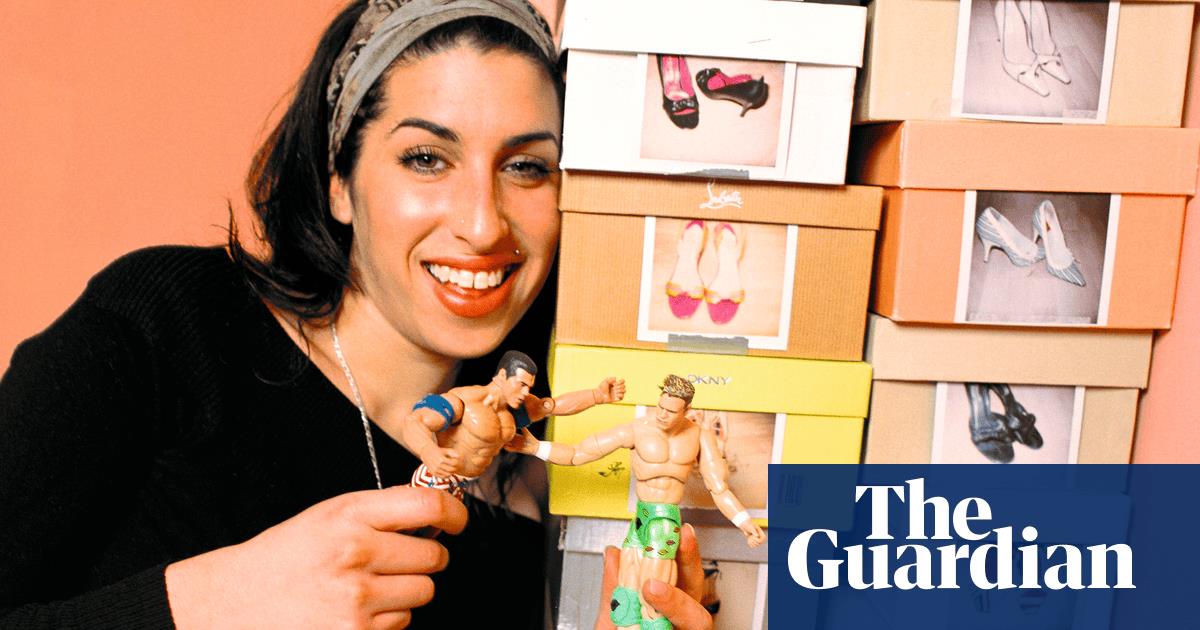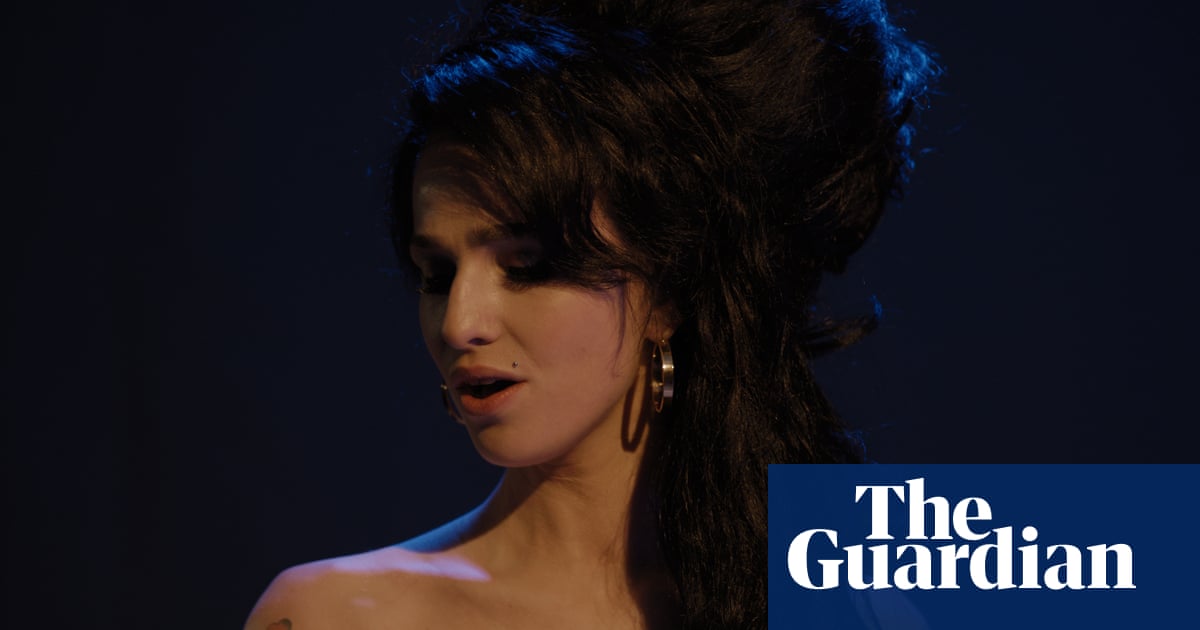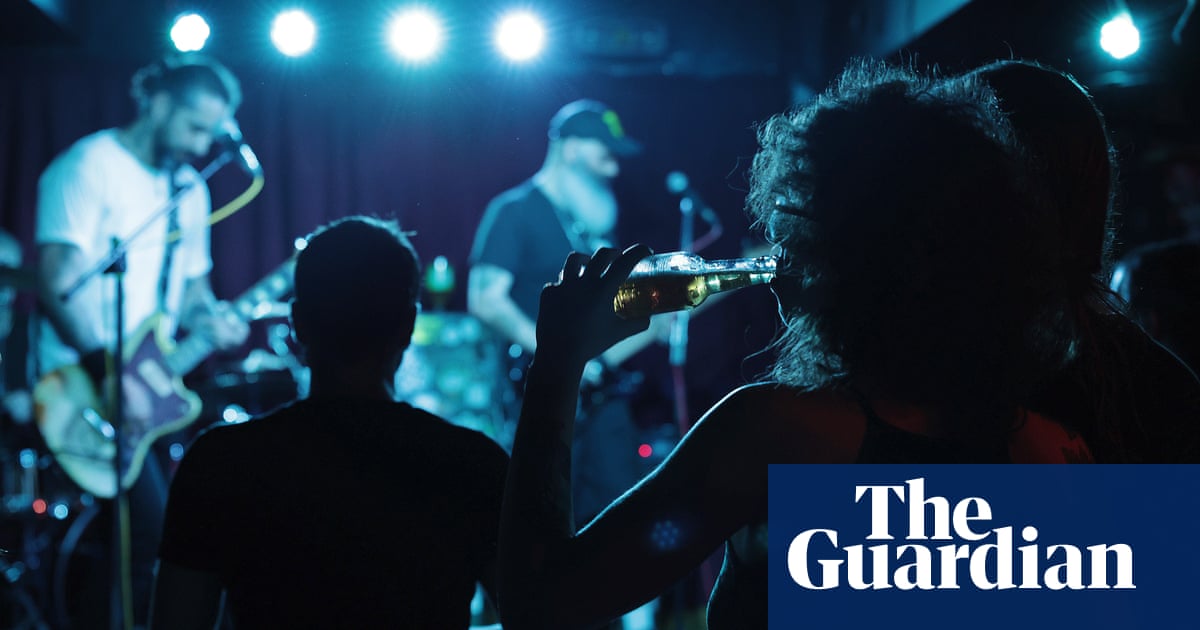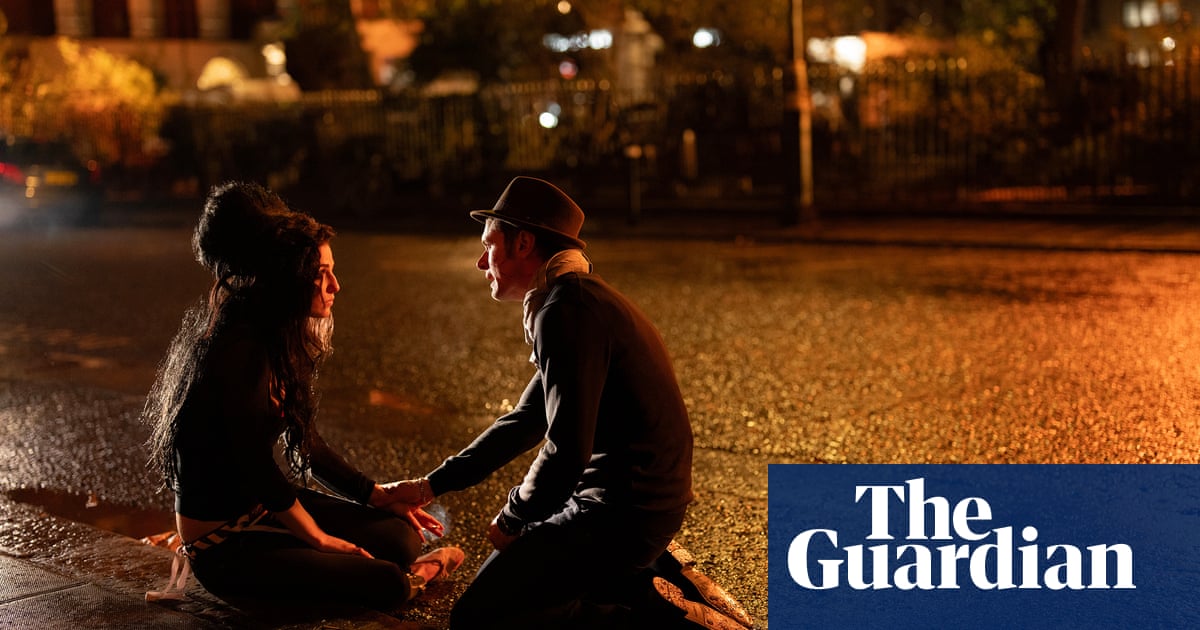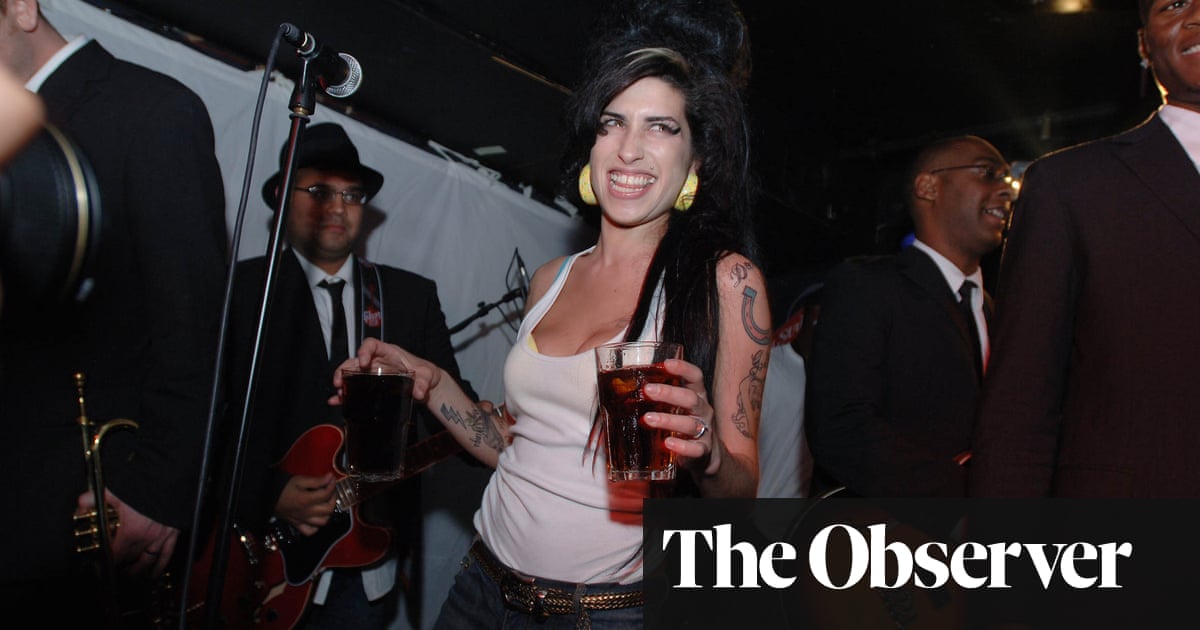
Of all the musicians who have lived, worked or performed there, none has a stronger connection with Camden Town than Amy Winehouse. But the release of the Winehouse biopic, Back to Black, is a useful reminder of both the fragility of cultural moments and how Camden has been robust enough to survive a series of them, remaining a desirable location for musicians and fans through several generations, going all the way back to the opening of the Roundhouse as a concert venue in 1966.
Usually, the moment a London borough announces itself as fashionable, it’s all over. House prices rocket, all but the most successful artists are priced out, new residents start complaining about the late-night noise and young musicians move on. Camden has avoided that for decades, the area playing a central role in the development of psychedelic rock, ska, Britpop and whatever we’re going to call Winehouse and Pete Doherty’s revivalist sound of the early 2000s. Throughout this time, it has remained largely unchanged, the borough’s superficially scuzzy surface holding developers at bay while acting as catnip to anyone in search of after-hours adventure.
Ask me to name where I’ve seen the highest number of great gigs, and there’s one answer. Whether it’s early shows from The Weeknd and Odd Future at the Electric Ballroom; Donny McCaslin’s post-Blackstar performance at the Jazz Cafe; Royal Trux in their 90s heyday at Dingwalls; or any number of Prince performances, through the years Camden has been a home for almost every genre of music. And although I didn’t see Winehouse play there, I did encounter her out drinking, and while he’s not a figure many are fond of now, it’d be churlish to pretend shows Doherty played with the Libertines and Babyshambles weren’t exciting at the time.
Like a preloved vintage band T-shirt, the appeal of Camden for Winehouse and the scene surrounding her was its connection to musical history. Being there then. The mix of jazz, hip-hop and rock in her music meant she was equally at home at the Jazz Cafe as in the Roundhouse. In the biopic, she’s depicted drinking and playing pool in the Good Mixer and performing at the Dublin Castle. For the uninitiated, these locations might seem random London boozers, but viewers with a knowledge of Camden history will know they’ve been chosen because of their association with previous Camden scenes. Winehouse described Camden as her “playground”; for her it was a jukebox brought to life.
The Good Mixer is most famous for being the watering hole of choice for young musicians during the mid-90s when the term “Britpop” stopped just being a cute way for magazine editors to link rising British bands and became an internationally recognised phenomenon.
Some have suggested that the importance of the Good Mixer has been oversold, with Jane Savidge, head of the PR company that represented many of the best Britpop bands, writing in a memoir that the main reason it popped up in print so much was because it was the venue of choice for interviews with her artists. This may be true, but there’s no underselling Camden’s connection to Britpop: Blur’s label Food Records was also nearby and Graham Coxon and Jarvis Cocker frequented Blow-Up, a popular indie night at a gay pub called the Laurel Tree (musicians from this venue also feature in the Winehouse film).
The Dublin Castle is as much associated with ska as Winehouse, the pub best remembered for launching Madness when – as an unsigned band – they played a weekly residency in 1979, attracting an audience who dressed as they did, and, eventually, getting them a deal with Stiff Records. So important was the venue to the band’s career that they successfully petitioned for a Music Heritage plaque to commemorate their past there.
But Winehouse wasn’t just a tourist and played her part in creating a Camden scene of her own. Much more than the Good Mixer or the Dublin Castle, the venue most strongly associated with the Amy Winehouse story is the Hawley Arms. And while bars can oversell their connections with famous people, this really was her local and something of a clubhouse for alternative acts of the time, attracting musicians such as Doherty and comedians Julian Barratt and Noel Fielding of The Mighty Boosh – who back then were the latest attempt to sell comedy as the new rock’n’roll, playing venues more usually associated with big rock acts, such as the Brixton Academy.
The first time I went to the Hawley Arms, it struck me as an average, overcrowded London bar. But Winehouse was there as advertised, tiny and tattooed, relaxing with friends and left alone by any punters she didn’t know personally. And that’s Camden, or was Camden then at least: what’s made it unique over the years is that the celebrities drinking there aren’t hidden away in members’ clubs as they are in Soho, but instead carousing alongside their fans. Of course, there are questions about the wisdom of this, given how much paparazzi would come to pressure Winehouse and her friend Doherty, particularly during the years he dated Kate Moss.
Most of the scenes I’ve mentioned are very British, but the area has also always been equally popular with American acts, many of whom made their live UK debut here. Though the Roundhouse was mooted as the best place to erect a statue of Winehouse (it ended up in nearby Stables Market instead), the venue is better known for being where British audiences first encountered the Doors – at a famous show in 1968 – and the Ramones, who played their first London gig there in 1976, a seminal moment in punk history.
It’s no surprise that when Prince decided to open a shop in London in 1994, he chose Camden rather than somewhere more central. If his fans were coming to Camden Market in search of bootleg recordings of his music, it made sense for him to set up nearby and direct his fans to legitimate releases. Maybe it was the Camden connection that would prompt him to pay such close attention to Winehouse’s music, covering her songs while playing at Camden venue Koko and eventually persuading her into a car to come and perform with him during his 21 Nights in London run.
And when he returned in 2014 to play a series of “Hit and Run” gigs announced at a moment’s notice, the lion’s share of them were in Camden. He needed somewhere where he could play well into the early morning without disturbing residents, where his fans could queue up outside all day long without drawing undue attention. And as Camden streets are always full of music fans anyway, this was the obvious choice.
Can this continue? Unlike most areas of London, Camden still has many of its bigger venues, but the smaller ones are vanishing and it must be careful not to become just a rock’n’roll theme park. A recent report suggested Camden’s place in the UK cultural landscape is under threat as the grassroots music venues – generally where the most exciting stuff happens – shut and there’s nowhere for the next Amy Winehouse to get her start.
Those death-knell noise complaints are starting to come in, with civic groups more concerned with quality of daily life than the night-time economy. The Roundhouse is no longer a location for all-night raves, and looking at the bill now can make you feel like you’ve travelled back in time, with most shows featuring acts and genres celebrating 20-, 30-, even 50-year anniversaries. If the area’s appeal is not to be lost, it needs to remain somewhere musicians feel free to invent the future as much as celebrating the past.




